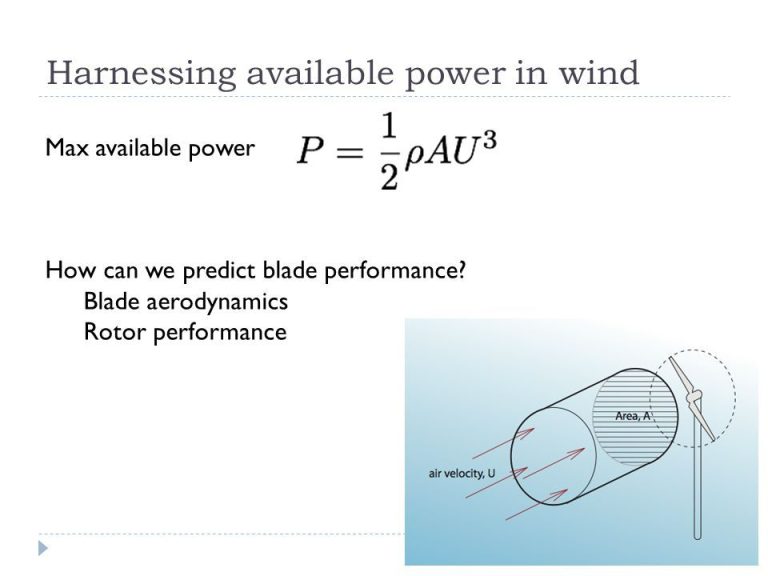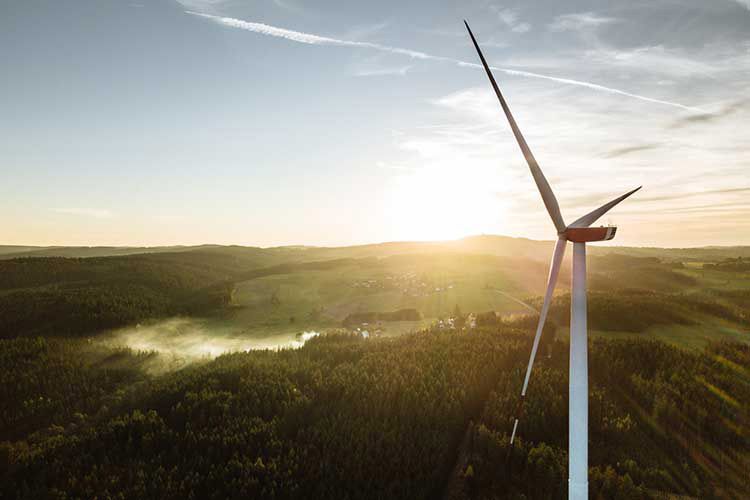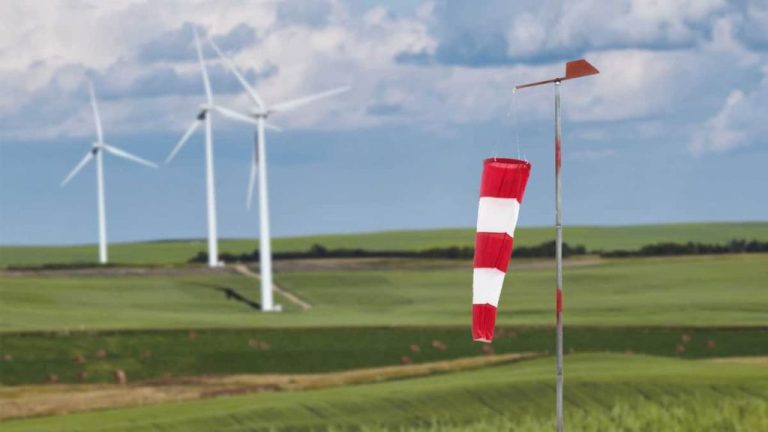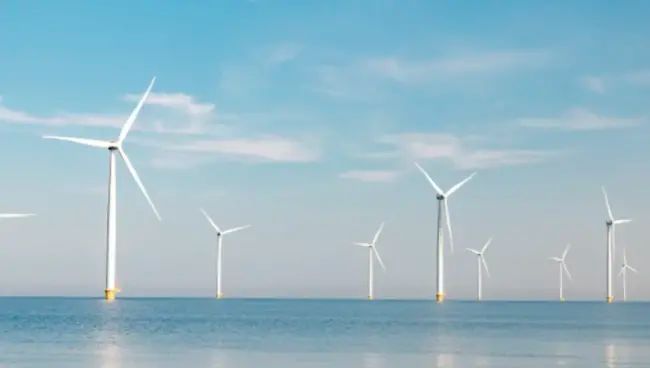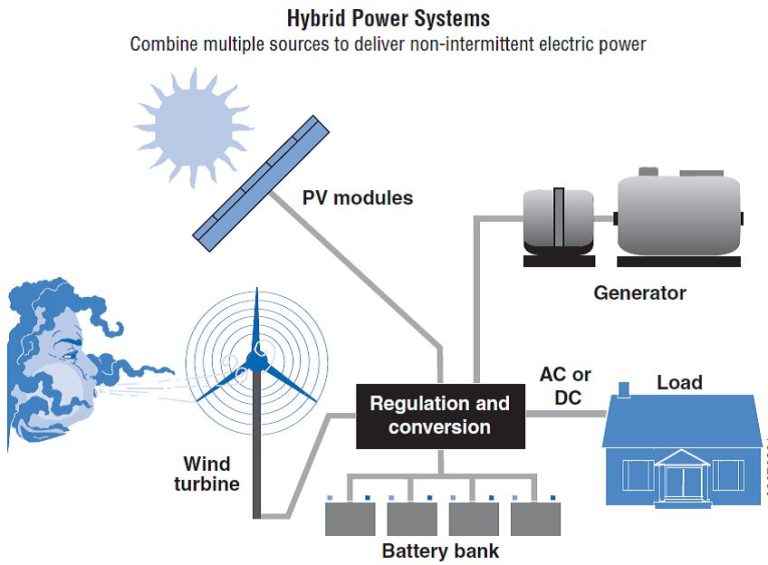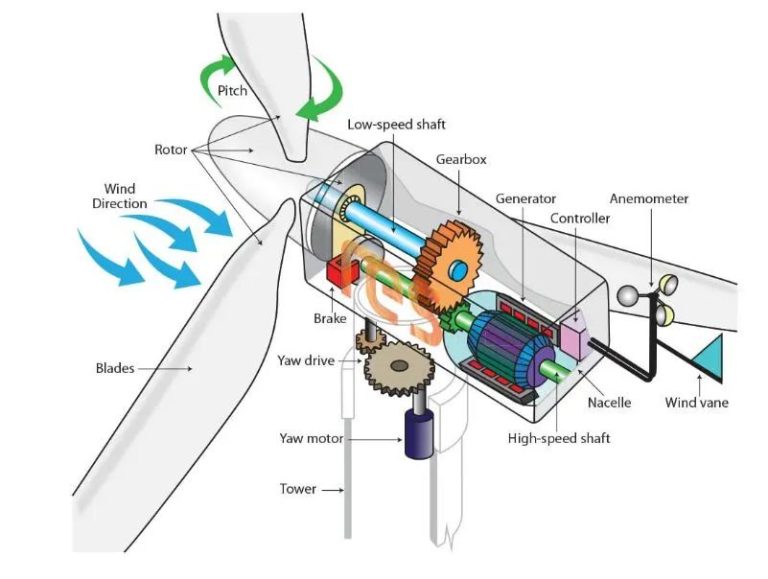Do I Need Permission For A Wind Turbine?
Wind turbines are an increasingly popular source of renewable energy for homes and businesses. While wind turbines provide clean energy, they also come with regulations on their placement and use. Before installing a wind turbine, it’s important to understand what permissions and approvals are needed based on zoning laws, homeowner associations, local permits, state laws, federal laws, environmental impact, location, and costs.
This article provides an overview of the key considerations around permissions required for wind turbines. We’ll look at the different factors that determine whether you need approval for a wind turbine installation and how to navigate the permissions process. Understanding the regulations in your area is crucial to successfully planning and installing a wind turbine.
Zoning Laws
Zoning laws dictate what can be built and where, including regulations around wind turbines. Local municipalities establish zoning ordinances that place restrictions on wind turbine projects to regulate their size, appearance, and location. Common zoning regulations related to wind turbines include:
- Height restrictions – Most zoning laws limit the maximum height of wind turbines allowed on private property. Height limits typically range from 35 to 150 feet.
- Setback requirements – Zoning ordinances require wind turbines to be set back a certain distance from property lines, dwellings, and roads. Setbacks help mitigate noise and visual impacts.
- Permitting – Getting a zoning or conditional use permit is often required to install a wind turbine in areas zoned residential or agricultural.
- Aesthetic rules – Some communities enforce design standards like minimum lot sizes, tower color, and hiding electrical wires underground.
Homeowners need to research local zoning laws to understand the restrictions in their area. The permitting process will determine if a proposed wind turbine meets all zoning requirements related to size, placement, and aesthetics.
Homeowner Associations
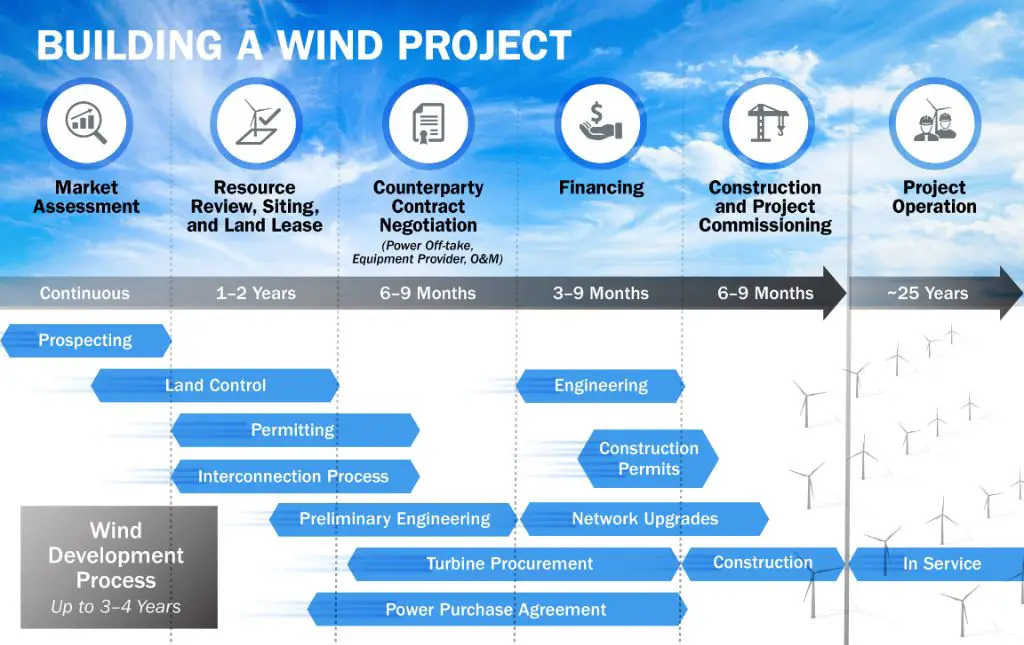
Many residential neighborhoods are governed by homeowner associations (HOAs) that enforce rules and restrictions on homes in the community. HOA rules are outlined in an organization’s covenants, conditions and restrictions (CC&Rs). Before installing a wind turbine, you’ll need to review your HOA’s CC&Rs to understand if there are any limitations.
Some HOAs prohibit wind turbines altogether. Others may restrict the size, color or location. Common HOA requirements for wind turbines include:
- Maximum height limits (e.g. no taller than 25 feet)
- Color restrictions (e.g. turbine must be painted to blend with roofline)
- Location limits (e.g. only allowed in backyards)
- Noise limits
- Pre-approval requirements
If your HOA bans wind turbines, you would need to file an architectural request form and go through an appeals process to get the rules changed before installing one. Some HOAs may be unwilling to allow exceptions. Before investing in a turbine, carefully review your HOA rules and get any necessary approvals in writing first.
Permits
Before installing a wind turbine on your property, it’s essential to check with your local government permitting office regarding the permits required. Common permits needed for wind turbines include:
- Building permit – This certifies that your turbine meets local building codes and regulations for safety and structural integrity.
- Electrical permit – You will likely need an electrical permit for connecting the turbine to your home or the utility grid.
- Environmental permits – Many areas require an environmental review or permit focusing on the turbine’s impact on wildlife, habitat, and conservation areas.
- Aviation permits – If your turbine is over a certain height, permits may be required from the FAA and local airport authorities.
The specific permits required depend on the zoning laws and regulations in your area. Many local governments have specialized permit processes for small wind turbines on residential properties. Be sure to check with your local permitting office early in the process to avoid delays or unexpected costs.
State Laws
State and local governments regulate wind turbines through zoning laws, ordinances, and permitting. The specifics vary widely between states. Some key things to research for your state include:
- Setback requirements – Most states require wind turbines to be set back a minimum distance from property lines and occupied buildings. Common setbacks range from 1.1 to 5 times the total height of the turbine.
- Height restrictions – Many states limit the height of wind turbines, often to below 200 feet. Some states have no height restrictions.
- Noise limits – States often set noise limits at the property line, commonly 50-60 decibels. Larger setbacks can help meet noise restrictions.
- Aviation notifications – For taller turbines, the FAA and state laws often require filing documentation and securing approvals related to radar and aviation operations.
- Permitting – Most states require you obtain building permits, and sometimes specialized wind permits, before installing a wind turbine. The application process varies.
- Incentives – Many states offer property tax exemptions, rebates, grants, and other incentives to install wind turbines. The DSIRE database tracks state renewable energy incentives.
Doing thorough research on your particular state will ensure your wind turbine complies with all laws and qualifies for any incentives.
Federal Laws
There are a few federal laws and incentives that may impact your ability to install a wind turbine on your property. The key ones to be aware of are:
The Public Utility Regulatory Policies Act (PURPA) – PURPA requires utilities to connect with and purchase power from small renewable energy facilities like wind turbines. This makes it easier for homeowners to sell excess power generated from wind turbines back to the grid.
Renewable Electricity Production Tax Credit (PTC) – The PTC provides a per-kilowatt-hour tax credit for electricity generated by qualified renewable energy sources like wind turbines. This can help offset the cost of installing a wind turbine.
Modified Accelerated Cost-Recovery System (MACRS) – MACRS allows businesses to recover investments in renewable energy by depreciating assets over 5 years. This accelerated depreciation can improve the economics of a wind turbine investment.
USDA Rural Energy for America Program (REAP) Grants – REAP provides grants and loan guarantees to agricultural producers and rural small businesses for renewable energy systems like wind turbines. This can help rural homeowners afford wind turbine installations.
So while there are no direct federal laws permitting wind turbines for homeowners, federal incentives like the PTC and REAP can help make home wind turbines more affordable.
Environmental Impact
Installing a wind turbine can have various effects on the local environment that should be considered. An environmental impact study may need to be conducted depending on the size of the turbine and local regulations.
Some key things the study would look at include:
- Visual impact – How will the wind turbine affect the aesthetics and views in the area?
- Noise pollution – Wind turbines can produce noise that may disturb neighbors. The study would assess potential noise levels.
- Effect on wildlife – The turbine blades can injure or kill birds and bats. A study would evaluate flight patterns and local species.
- Land use – Will any forests, wetlands or other important land resources be disturbed?
- Shadow flicker – Rotating blades can cause shadows and flickering effects. The study would analyze potential impact on nearby properties.
The results of the environmental study may determine if any actions need to be taken to minimize ecological impacts, like choosing a less visible turbine site, using noise reduction technology, or adjusting operating times during migration seasons.
Location Considerations
When deciding where to install a wind turbine, consider these ideal location factors:
-
High, open areas such as hilltops or open plains. Turbines need unobstructed wind access.
-
Areas with consistent, moderate to high wind speeds. Use a site assessment or historical data to determine average wind speeds.
-
Away from trees, buildings, and other structures that can create turbulence or block wind. Allow adequate turbine height and clearance.
-
Near your home electric panel for easiest grid connection. Or consider battery storage if off-grid.
-
Areas that minimize noise disturbances to neighbors. Consider property setbacks and sound dampening techniques.
-
Locations permitted by zoning laws and homeowner associations if applicable.
Consulting wind maps and conducting an onsite assessment can help determine the best location for optimal wind exposure and energy production.
Costs
Installing a wind turbine on your property can be a significant investment. Here are some of the main costs to consider:
Permitting
Building permits will likely be required, which can cost a few hundred dollars depending on your location. Electrical permits may also be needed if you plan to connect the turbine to your home’s electrical system.
Equipment
For a small residential turbine, expect to pay $15,000 to $35,000 for the turbine itself. Larger utility-scale turbines can cost over $1 million.
Installation
Professional installation typically costs around $10,000 to $25,000 depending on the size of the turbine and complexity of the site.
Maintenance
Ongoing maintenance costs will be necessary, such as lubricants, repairs, and inspections. Budget around $500-$2,000 per year.
Altogether, a small home wind turbine system can cost $25,000 to $60,000 or more when accounting for all expenses. The investment may pay off over decades, but have a plan to finance the upfront costs.
Conclusion
In summary, the main steps for getting permission for a wind turbine are:
- Check your local zoning laws and get zoning approval if required.
- Get approval from your homeowner’s association if you have one.
- Apply for necessary permits from your city or county.
- Make sure you comply with any state laws regarding setbacks, height restrictions, etc.
- Review any applicable federal laws and regulations.
- Conduct an environmental impact study if required.
- Carefully consider the location in terms of wind resources, neighborhood impacts, etc.
- Evaluate costs and financing options.
By taking these key steps, you can ensure you get all necessary permissions before installing a wind turbine on your property. Discuss your plans with local zoning and permitting officials early in the process to understand all requirements.

